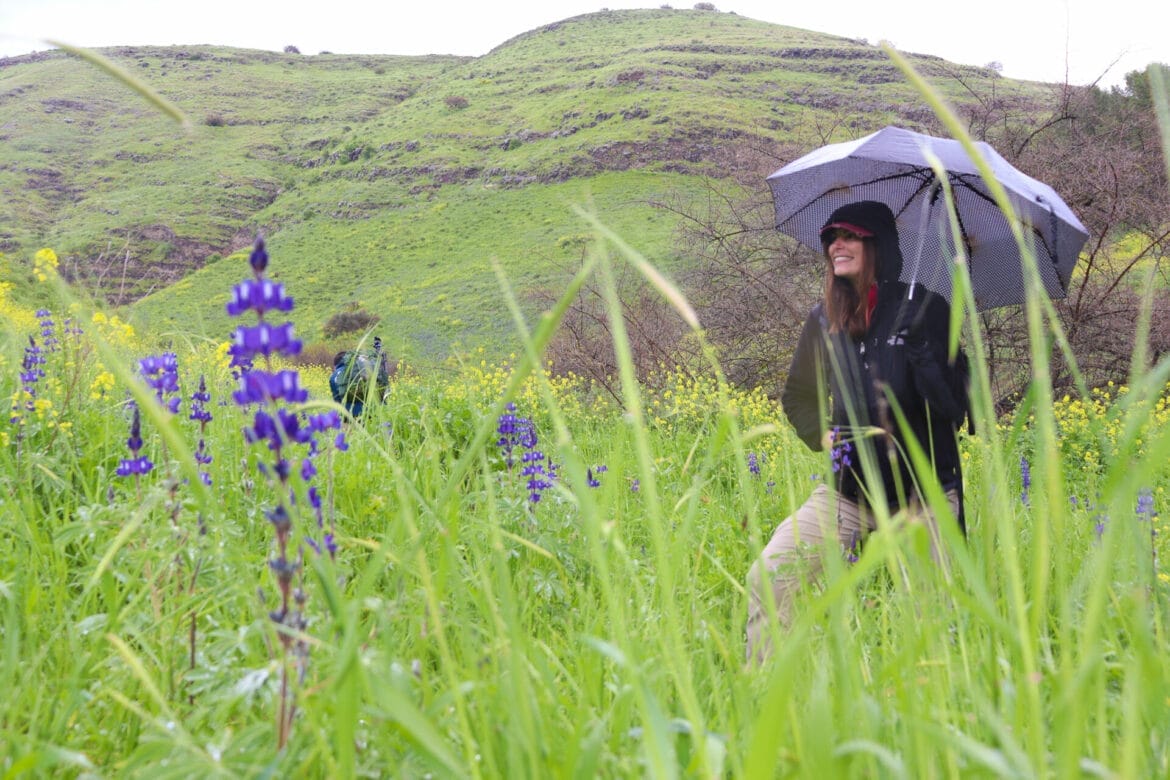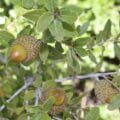
The word Yoreh (יורה) appears three times in the Bible. The term refers to the first significant rainfall at the beginning of the farming season. But to count as the official Yoreh, the first rain must be part of a large weather system, which covers the entire Land of Israel. Sometimes, the very first rain we see results, instead, from a small, localized storm. And a little bit of rain in Tel Aviv doesn’t necessarily mean that the rainy season is here. So how does one determine the official Yoreh?
In an attempt to define the Yoreh, we must set a standard that fits with the Biblical connotation as well as representing a public perception that the rainy season has arrived. For this, we chose a minimum average reading of 5 millimeters (.5 centimeters) of rain for all the rain stations operating in Israel. We allowed for the reading to be reached either in one day or in one weather system that lasted over several days. Then, we checked to see when exactly the Yoreh arrived in each of the past 90 years.
In some years, the Yoreh arrived as early as September or as late as December. But those are the outliers. The official breakdown is as follows:
| Arrival of the Yoreh | Number of years in the past 90 years |
| September | 4 |
| October 1st-15th | 18 |
| October 15th-31st | 33 |
| November 1st-15th | 20 |
| November 15th-30th | 11 |
| December | 4 |
According to the Hebrew calendar, the earliest Yoreh happened in 1932 on the 11th day of Elul. The latest Yoreh happened in 2013, on the 1st of Tevet, just a week before a snowstorm.
One sixth of the time, the Yoreh arrived before Simchat Torah. In 6 of all the years, it arrived the day after Simchat Torah. The Yoreh has never arrived on the day of Simchat Torah itself. About 75% of the time, the Yoreh arrived at least a few days after Simchat Torah. This year has already joined that group. Let us hope that we won’t have to wait until Kislev or Tevet.
Mashiv HaRuach uMorid HaGeshem!
This is a translation of an article that appeared on the IMS – Israel Meteorological Service’s website. https://ims.gov.il/he/node/2029





